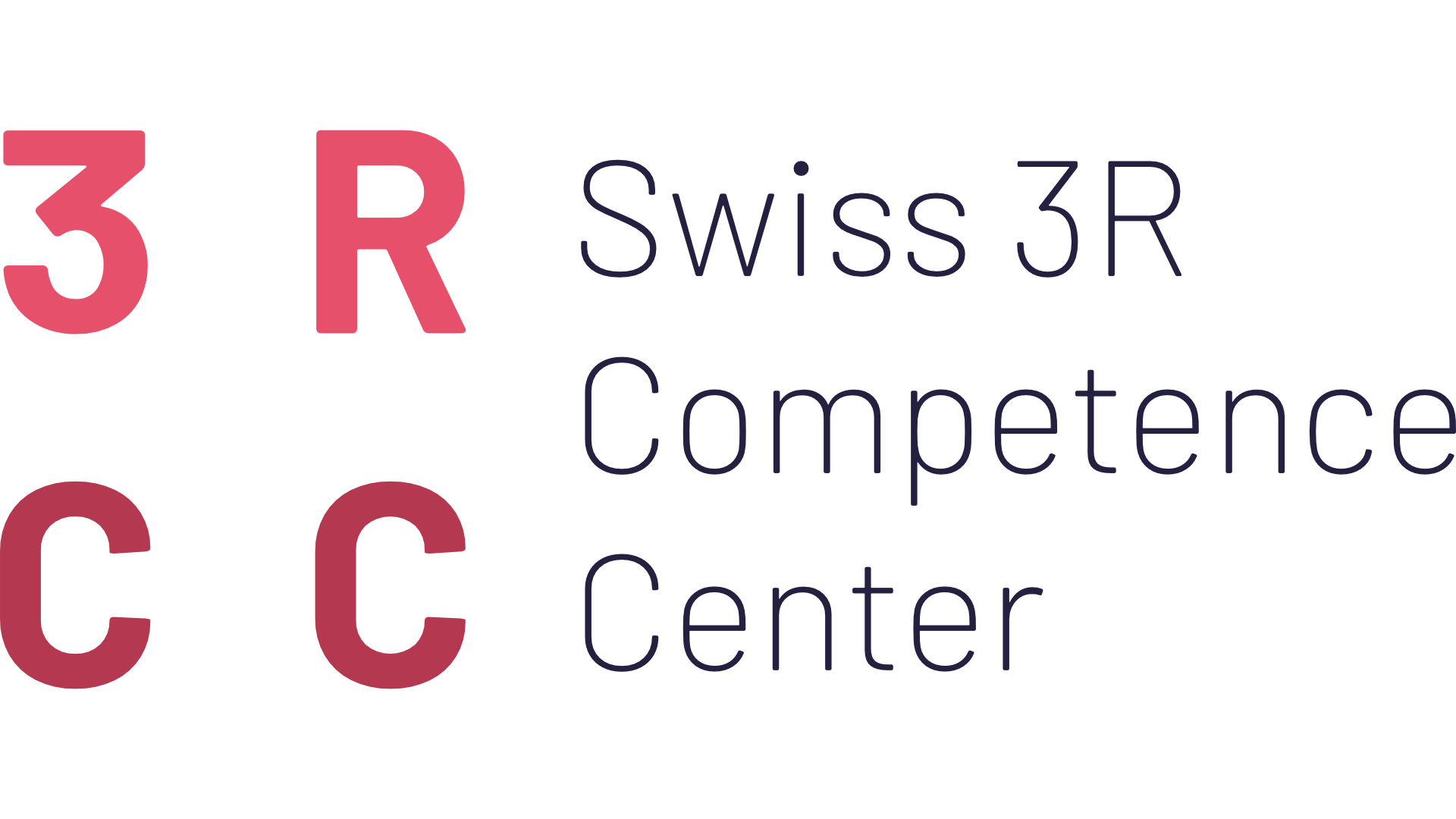University of Bern
,
ARTORG Center for Biomedical Engineering Research
University of Bern

Institute of Parasitology
University of Zurich
Department of Rheumatology
University Hospital Zurich

ETH Zürich
Co-Investigators:
Dr Oliver Sturman
Prof Thomas Nevian
Mr Niek Andresen
Dr Katharina Hohlbaum
Prof Lars Lewejohann
Dr Ruslan Rust
, https://hest.ethz.ch/en/research/professorships/person-detail.MTY2MTIx.TGlzdC85MiwtNzMwNjY5NDYy.html
Institute for Research in Biomedicine
Università della Svizzera italiana

Biozentrum,
University of Basel

Fachhochschule Nordwestschweiz FHNW
Hochschule für Life Sciences
Institut für Chemie und Bioanalytik
ETH Zurich
, https://hest.ethz.ch/en/department/people/professors/persdetail.MjQ0Nzky.TGlzdC85Miw5ODYyMzU0MDI=.html
Department of Pharmaceutical Biochemistry
University of Geneva

Institute of Virology
University of Zurich

Zurich integrative Rodent Physiology
University of Zurich
Fachhochschule Nordwestschweiz
, https://www.fhnw.ch/de/personen/johannes-mosbacherUniversity Hospital Zurich
Co-Investigators:
Dr Edira Luca
, https://www.usz.ch/team/constanze-hantel/
Animal Welfare Division
University of Bern

Zurich integrative Rodent Physiology
University of Zurich

Zurich integrative Rodent Physiology (ZIRP)
University of Zurich

Institute for Fish and Wildlife Health
Vetsuisse Faculty Bern
University of Bern

Zurich University of Applied Sciences
Co-Investigators:
Prof Lars Fieseler
Dr Linda Tschirren
Dr Steven Hagens
Dr Samuel Kilcher
Dr Patrick Hauswirth
Prof Jörg Huwyler
, https://www.zhaw.ch/de/ueber-uns/person/leht
University of Geneva
Co-Investigators:
Dr. Sanae El Harane, University of Geneva
Dr. Vèronique Serre Beinier, University of Geneva
, https://www.unige.ch/medecine/demed/recherche/561villard-ferrari-lacraz/membres/olivier-preynat-seauveDiagnostic Imaging Research Unit
University of Zurich

Department of Health Sciences and Technology
Head of Institute of Human Movement Science and Sport
ETH Zurich
University Hospital of Bern
, https://www.dbmr.unibe.ch/about_us/staff/personenpool_index/dr_phil_nat_bertschi_nicole_leonie/index_eng.html
EPFL
, https://people.epfl.ch/antonio.herrera/?lang=en
University of Zürich
,
University Hospital Zurich
, https://www.chir.uzh.ch/en/anesthesia/labanesthesia/Weisskopf.htmlUniversity of Bern
, https://www.igmp.unibe.ch/ueber_uns/personen/sadowski_martin/index_ger.html
University Hospital of Bern
, https://engelbeelab.com/team/DasUniversity of Bern
, https://www.anaesthesie.dkv.unibe.ch/ueber_uns/personen/dr_med_vet_casoni_daniela/index_ger.htmlUniversity of Basel
, https://biomedizin.unibas.ch/en/persons/sileo-antonio/University of Lausanne
, https://dnf-unil.ch/group/cellular-and-molecular-studies-of-synaptic-plasticity-and-cancer-in-intellectual-disabilities/member/bagni-barbora-vidimova
Universität Basel
, https://pharma.unibas.ch/de/personen/valerio-taggi/
University Hospital Zürich
, https://www.phd-biomed.uzh.ch/en/organisation/biomed-current-students.html
University of Zürich
, https://www.mls.uzh.ch/en/research/basler/groupmembers.html
University of Zurich
Collaborators:
Dr Martina Loesle, University of Zurich
Professor Ulrich Bleul, University of Zurich
, https://www.ltk.uzh.ch/en/research0/Group-Buch.html
University of Zürich
, https://www.zirp.uzh.ch/en/aboutus/contact/gantenbein.html
ETH Zürich
, https://hest.ethz.ch/das-departement/personen0/personen-a-z/personen-detail.MjM0MTc2.TGlzdC8zMzQsLTQ1MTk1NTQ5OA==.html
University of Bern
Dr Ivana Jaric
University of Bern

University of Zurich
Prof. Johannes Bohacek
ETH Zurich
Prof. Csaba Földy
University of Zurich
Dr Christian Tackenberg
University of Zurich
University of Lausanne
Prof. Paola Bezzi
University of Lausanne
Assistant Prof. Anthony Delalande
University of Orléan, France

University of Zurich
Prof. Konrad Basler
University of Zurich
Dr Erich Brunner
University of Zurich
Dr Hassan Fazilaty
University of Zurich

University of Bern
Prof. Irene Adrian-Kalchhauser
University of Bern

Institute of Biochemistry and Molecular Medicine, University of Bern
Prof. František Štaud
Pharmaceutical Faculty, Charles University, Hradec Kralove, Czech Republic
Dr. Chennakesava Cuddapah
Curio Biotech SA, Visp, Switzerland

Prof. Mark Rubin
Department for BioMedical Research (DBMR), University of Bern

ARTORG Center for Biomedical Engineering Research, University of Bern
Prof. Thomas Geiser
Pneumology Department, Inselspital, Bern University Hospital

Department of Health Sciences and Technology, ETH Zurich
, https://hest.ethz.ch/en/research/professorships/person-detail.MTY2MTIx.TGlzdC85MiwtNzMwNjY5NDYy.html
Swiss Federal Institute of Aquatic Science and Technology (Eawag)
, https://www.eawag.ch/en/about-us/portrait/organisation/staff/profile/kristin-schirmer/show/
Zurich Integrative Rodent Physiology (ZIRP), University of Zurich
Dr Stephan Zeiter
AO Research Institute Davos
Cooperation partners:
Judith van Luijk, Syrcle
Merel Ritskes-Hoitinga, Syrcle
Mattea Durst, UZH
Paulin Jirkof, UZH
, https://www.physiol.uzh.ch/en/Department/Facilities/AssociatedResearchCenters/PetraSeebeck.html
Principal Investigator
EPFL
Co-applicants:
Nicolas Broguière, EPFL
Gerald Schwank, ETHZ
, https://people.epfl.ch/matthias.lutolf?lang=en
Institute of Laboratory Animal Science LTK
University of Zurich
Co-applicants:
Prof. Thorsten Buch, UZH
Prof. Frank Brand, MathYou GmbH
, https://www.ltk.uzh.ch/en/contact.html
University of Geneva
University Hospital of Geneva
Co-applicants:
Prof. Maurice Beghetti, HUG
Dr Tornike Sologashvili, HUG
Dr Anne-Lise Hachulla
Célia Tomassetti, HUG
Kévin Ponchant, HUG
Mélanie Frei, HUG
, https://www.unige.ch/medecine/radio/en/research-groups/541vallee/membres-du-groupe/jean-paul-vallee
Developmental Biology and Zoology
DUW Zoology
University of Basel
, https://duw.unibas.ch/de/personen/patrick-tschopp/
Pathology Unit, Department of Oncology,
Microbiology, and Immunology,
Faculty of Science and Medicine,
University of Fribourg
, https://www.unifr.ch/directory/en/people/226999/fc586